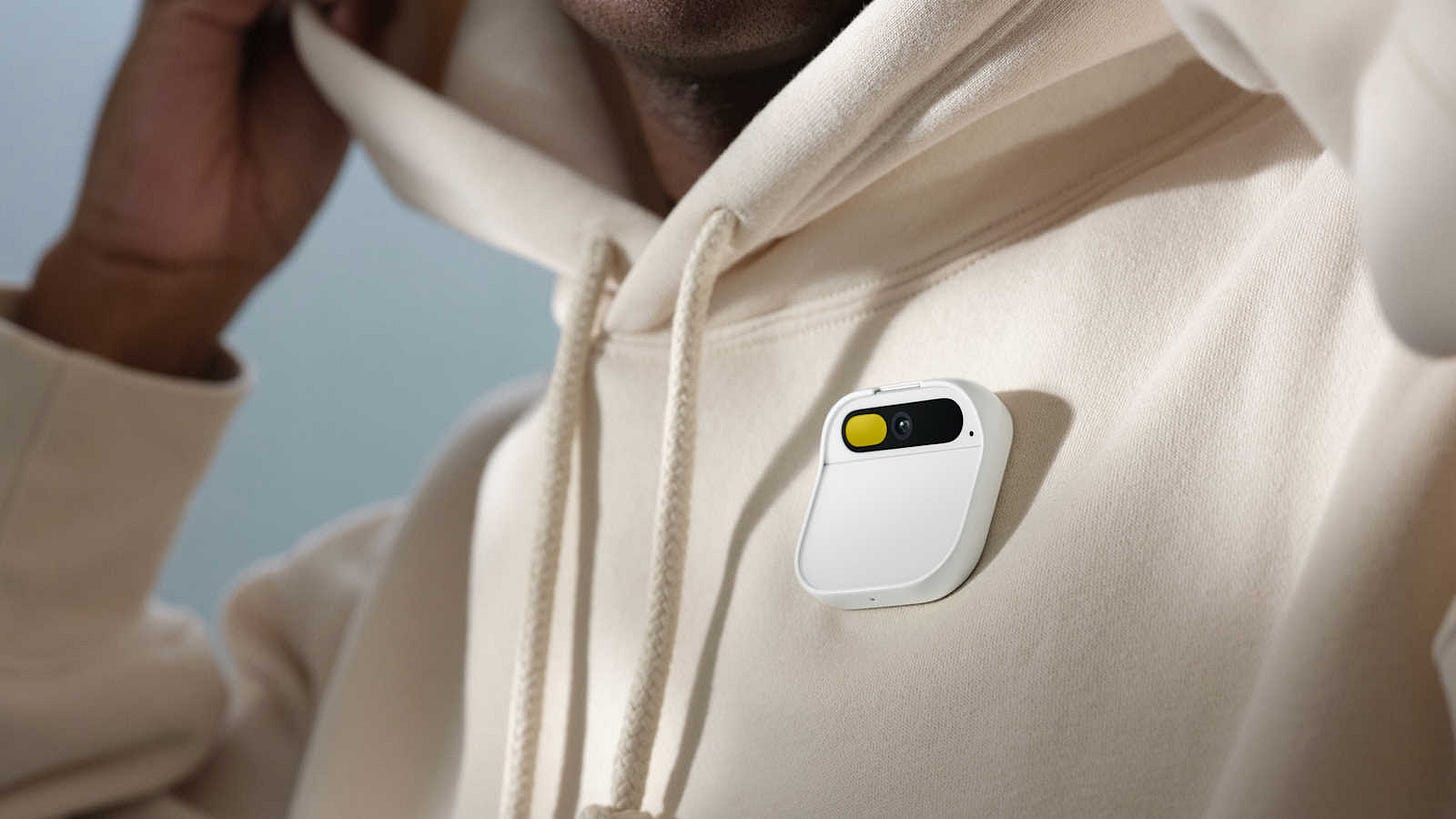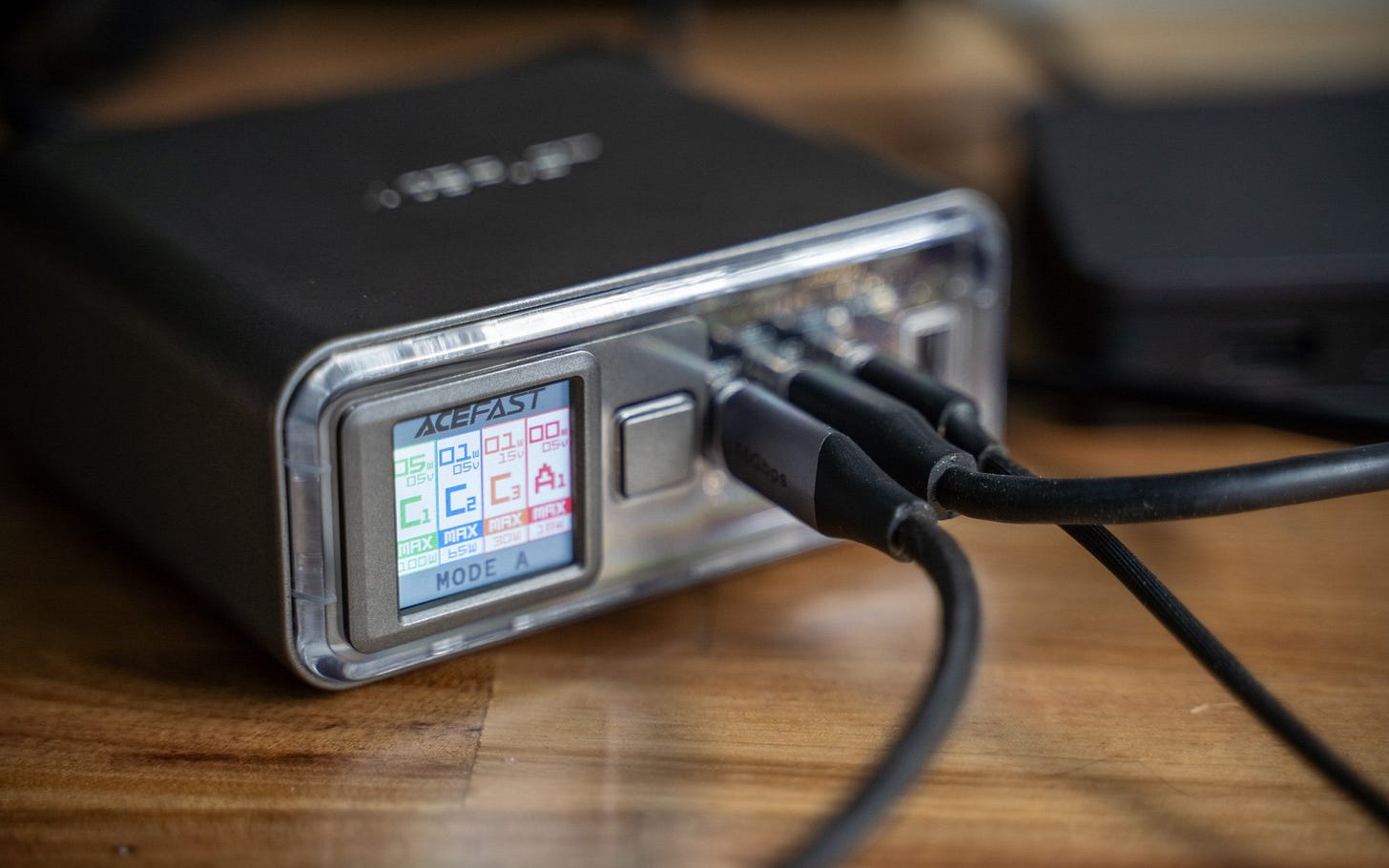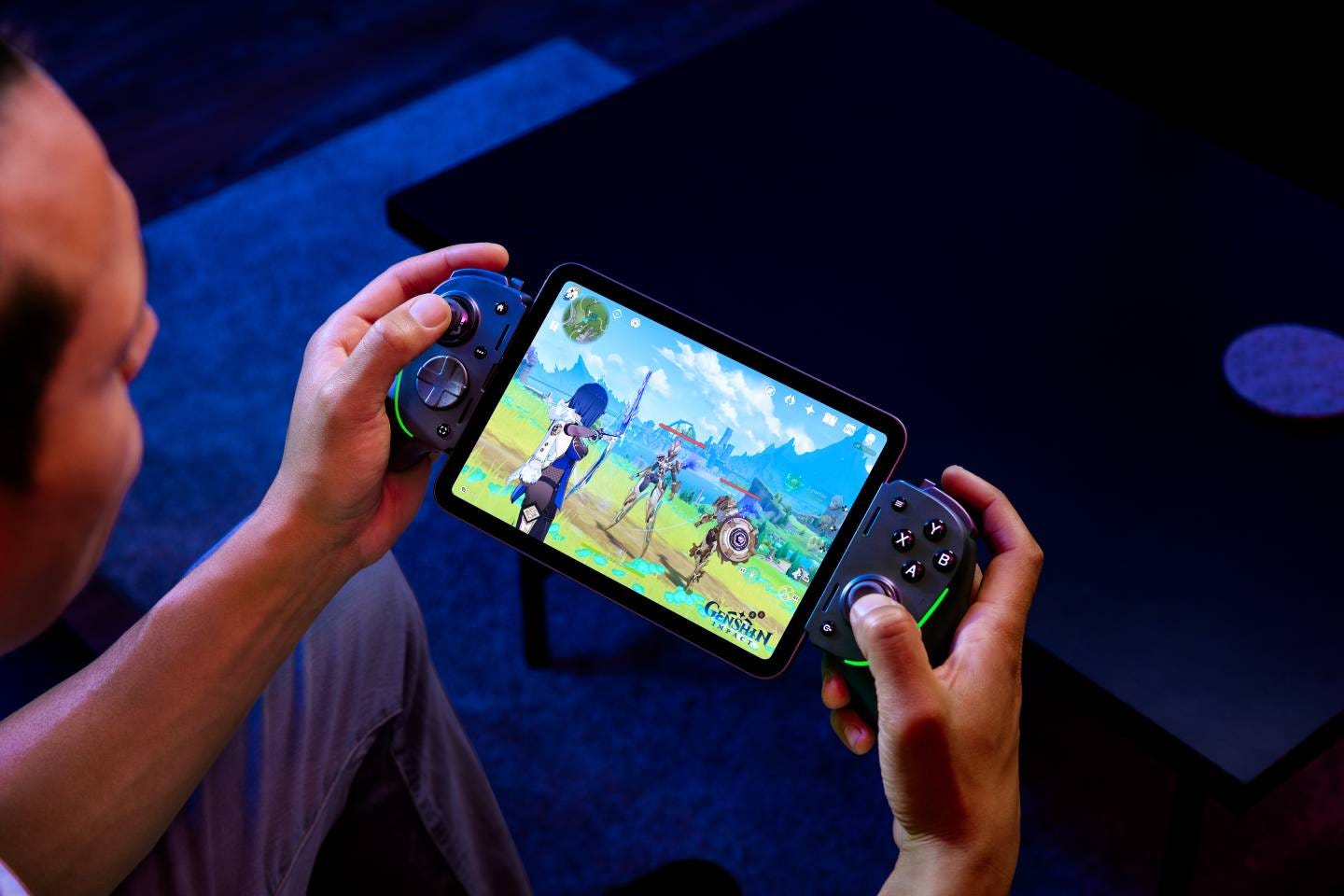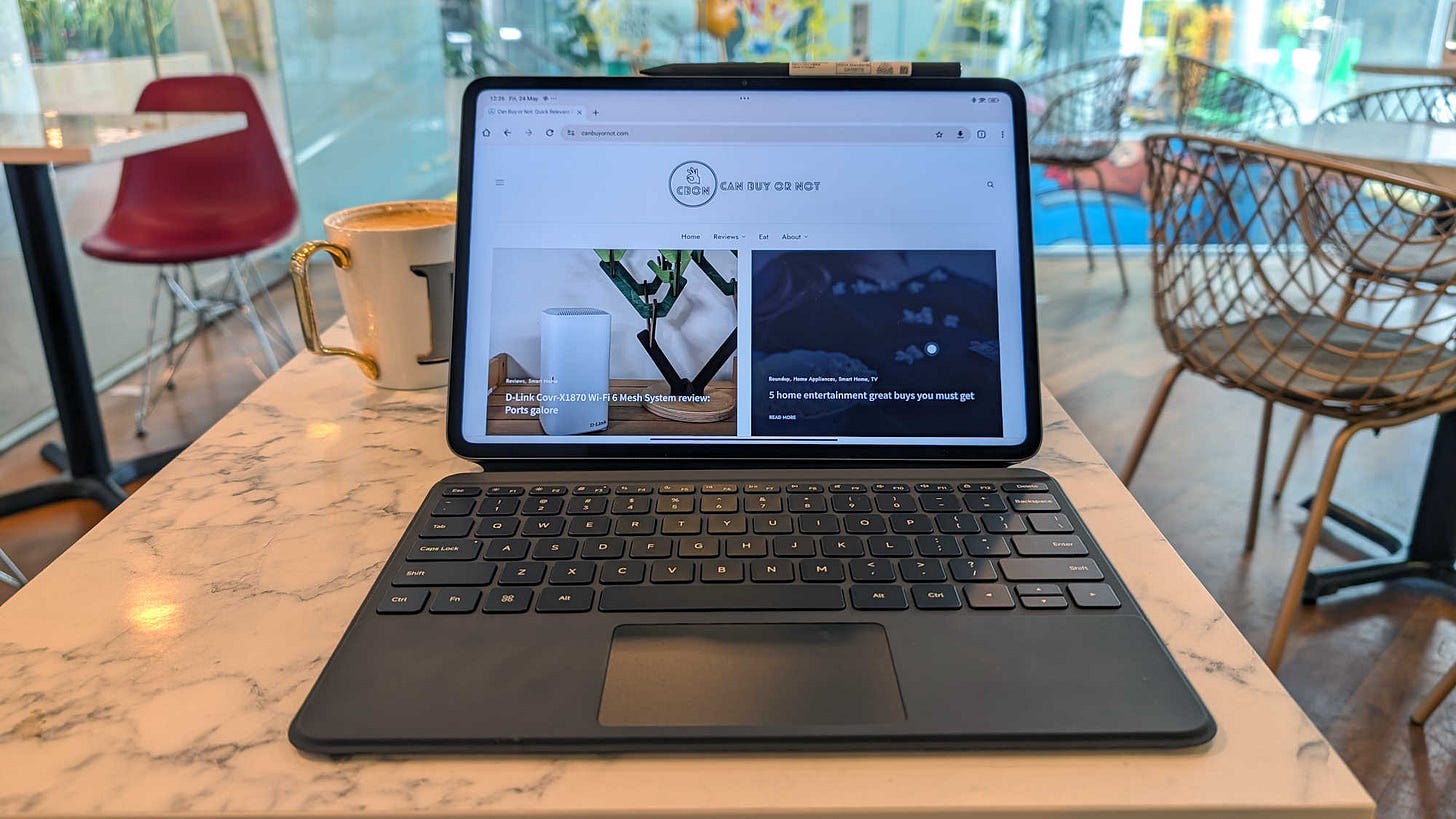Buy for the now
Don't purchase a product based on future promises
Modern gadgets are almost never “finished” — companies can keep improving them, adding new functionality or fixing bugs. Google, for example, even embraces this approach with Feature Drops that introduces new features for its Pixel phones, smartwatches, and even earbuds.
Of course, the flip side is that it gives manufacturers the license to tout features that won’t be available until weeks or even months after the product launch. Google and Apple are both guilty of that. Even Tesla does this. But the biggest recent culprits are the AI gadgets from Rabbit Inc and Humane.
Both companies promise a portable AI assistant outside of your smartphone. But many features, including basic ones like timers, are missing at launch. Yes, these companies have planned software updates to address these issues. However, it’s hard to say if they will fulfill their promises, especially for startups with limited funds or impatient investors.
It also makes it rather difficult for reviewers to assess a product properly. Especially when it involves a key selling point. For example, I’m now testing the Sonos Ace headphones, but one of its major features, TrueCinema, which promises to replicate your room acoustics in the headphones, will only be available later this year. Sonos compares it to the Trueplay audio calibration feature for its speakers, but I genuinely have no idea how it will turn out.
In short, gadgets can often be a work-in-progress because the software, which can be upgraded via a firmware update, is now doing the heavy-lifting. However, you shouldn’t buy something because of what it may do in the future (and this applies for games, too). Buy it for what it can do now.
This week, we looked at a compact GaN charger with a helpful display, Razer’s new controller for smartphones (and iPad mini), and a powerful Android tablet that can also work as a laptop with the right accessories.
The Acefast Z4 PD218W is a compact GaN charger that helpfully displays the power draw of connected devices on its TFT screen. It also has four different modes that switch up the amount of power output to its four ports (three USB-C and one USB-A). The pricing (around S$86) is also really attractive if you buy from AliExpress.
The latest Razer Kishi Ultra mobile gaming controller turns your smartphone (and the iPad mini) into a full-fledged yet comfortable handheld console. It has full-sized grips and large, well spaced out controls that worked well with the games tested. The buttons also felt as good as what you’d find on a first-party console controller. But at S$239, it’s pricey, and hence may not be for everyone.
The Xiaomi Pad 6S Pro 12.4 is a flagship tablet that transforms into a laptop with the optional keyboard cover. Its large and bright 12.4-inch LCD screen feels smooth and responsive (up to 144Hz refresh rate), while its six speakers provide a great audio experience. Xiaomi’s user interface is also optimised for multi-tasking, with a Workstation mode that enables multiple, resizable floating windows.





